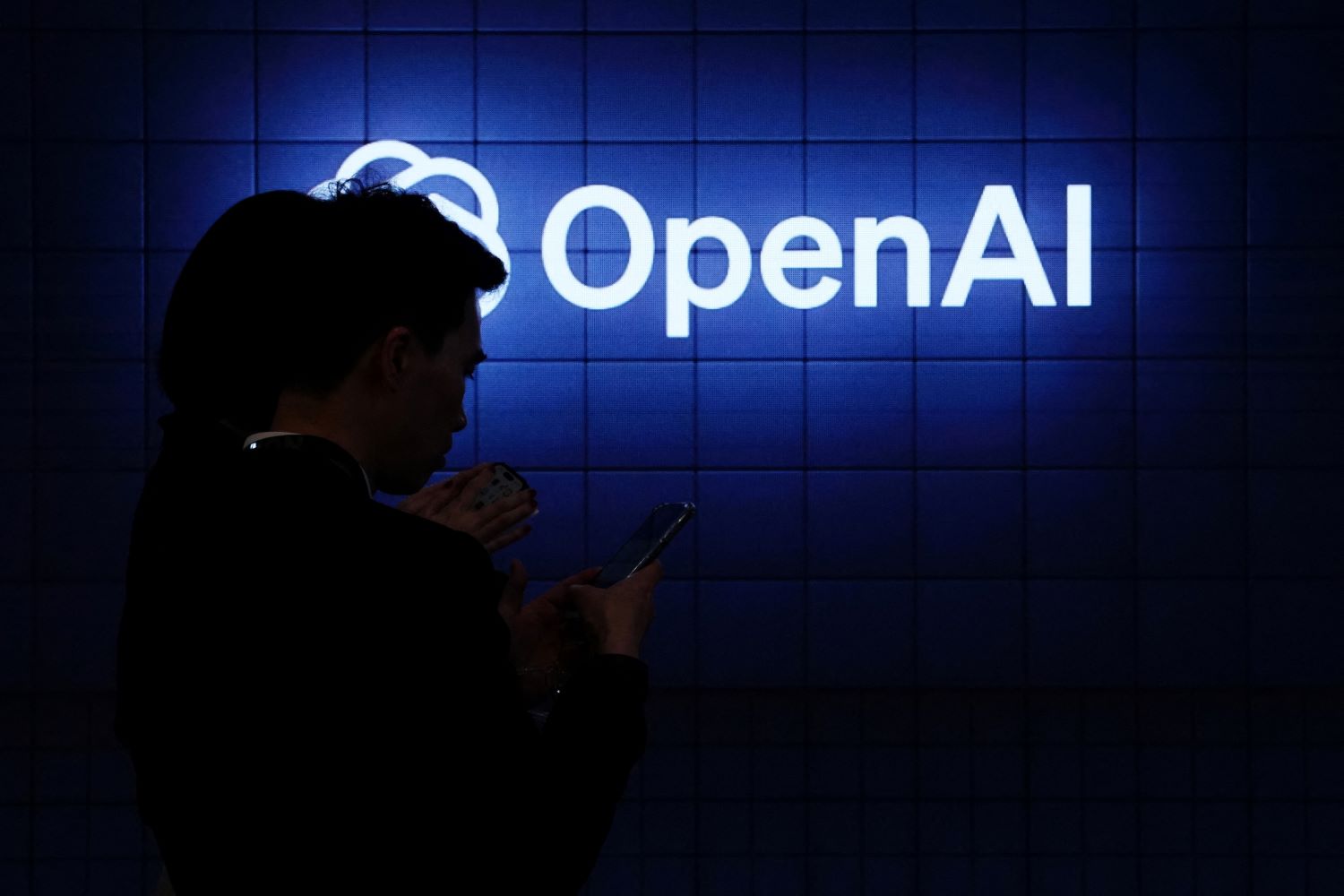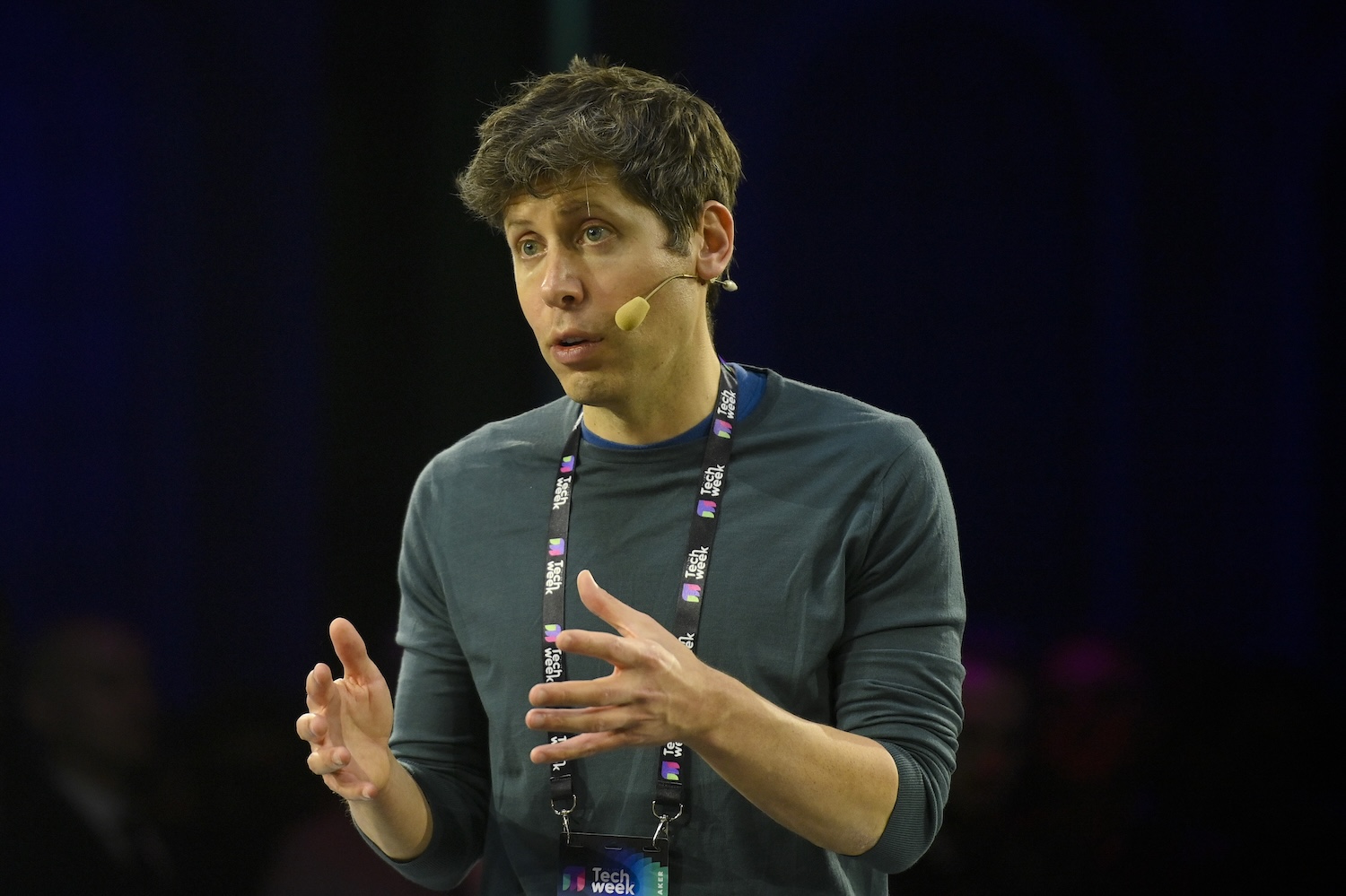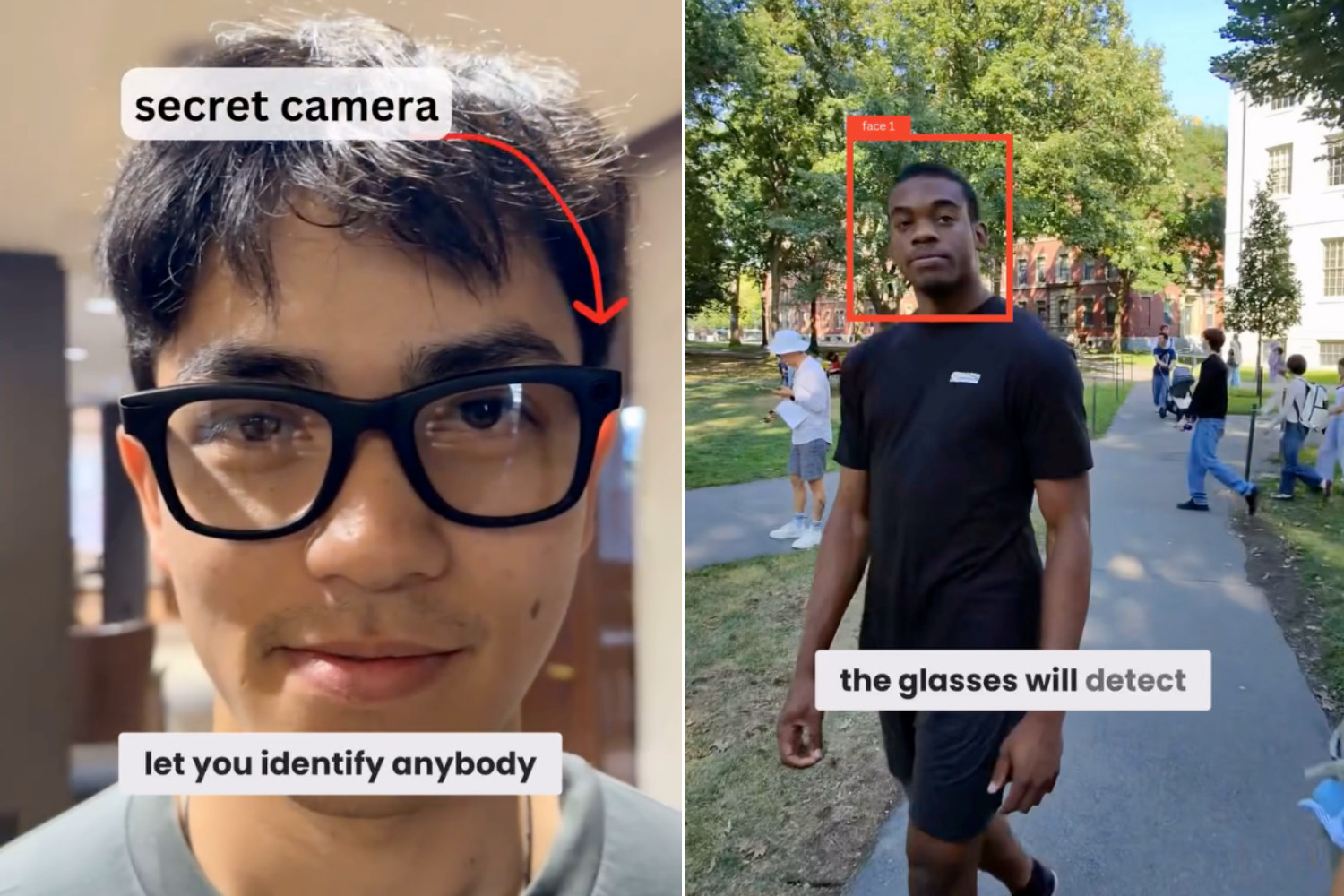The year of our lord 2022 could be accurately described as the rise of AI. Instead of Skynet raining fire on our heads, we have AI image generators creating a different kind of apocalypse, especially for artists who promote their work online. So far, few have tried to answer how creators can actually respond to systems that scrape their work from the internet, using art to create new works without offering them any credit.
On Friday, DeviantArt released its new DreamUp AI art generator. Based on the existing Stable Diffusion AI model, this new system will actively tag their images as AI and will even credit which creators it used to create the image when they’re published on the DeviantArt site.
The venerable DeviantArt’s foray into AI art is the latest, and perhaps the most effective compromise between artists and AI art generators. Perhaps what’s most important with the 22-year-old site’s announcement is that artists will have the option to tell the AI to not use their art when crafting a new image. When the users upload an image, they can press a button that will restrict its own system from grabbing it for generative use. The company also said pressing that button will create HTML metatags which will signal to any other external system that the art is not up for grabs.
Anything that grabs art off its platform when it’s associated with this metatag would be in violation of DeviantArt’s terms of service, according to the company’s press release. Users browsing the site will also be able to control how much art tagged as AI-generated comes up in their feeds.
Moti Levy, DeviantArt’s CEO told Gizmodo in a Zoom interview that this is a necessary step considering there are tens of thousands of images tagged as AI-art already on their platform. There has also been a 1,000% increase in those kinds of images being uploaded to their site in just the past four months.
“You cannot just go and enjoy the fruits of the labor of others and do not credit them or give them the power to control their work,” he said. At the same time, he added DeviantArt “is not censoring anything… that’s counterintuitive because you can’t put [this technology] back in the bottle.”
What Are the Current Issues with AI Art?
Despite how popular AI image generators have become in less than a year, the forward march of this technology has been matched by a similarly fast retreat by existing image-hosting platforms. So far, the response among some sites has been a mixed bag. Shutterstock recently announced they were allowing AI art onto its platform by facilitating OpenAI’s DALL-E 2 images to be uploaded directly onto their site. The site will then compensate users whose images were uploaded to train the DALL-E system. At the same time, Shutterstock said they were banning anything that was created with any other AI art generator.
Moti said they’re not really there yet to start thinking about offering compensation for artists whose work is used for AI generation. Meanwhile, Getty Images has banned AI art, and so far it seems to be sticking to that decision. Liat Gurwicz, the chief marketing officer at DeviantArt, said banning any AI art would be “a temporary Band-Aid.”
“That puts a platform in a position where you have to be the judge on, say, if I used an AI tool to do the background for a piece, but then I drew the rest by hand, is this AI?” she said. “I think for us, what’s most important is transparency from both us, our tools, our technology, and our community to each other.”

One of the lingering and growing issues with AI image generators is they essentially use artists’ work to create their new images, in most cases without any sort of permission from their original creators. These include photos and artworks both physical and digital. AI generators have also been proved capable of replicating living artists as well. Greg Rutkowski, a Polish artist known for his epic fantasy style, has been replicated so much he fears his name, style, and livelihood will be buried under the deluge of AI-generated art that iterates on his style with frightening precision.
There have been multiple reports on Rutkowski, but other artists have been equal parts surprised and angry to learn their art was also being used to train AI models. One game company CEO caught a lot of flak after he submitted AI art generated by popular AI art generator Midjourney to a local art competition and won. Stable Diffusion, one of the most popular AI art generators on the internet, was trained using the LAION image set, which has dredged images from all over the internet including protected photos from the likes of Getty Images.
DeviantArt has been praised in the past for creating systems that can track whether users’ art is being copied and sold as an NFT, and the sites’ execs see this current work as a kind of continuation of that effort. Still, the fact that DeviantArt is using Stable Diffusion means it will contain existing artwork contained in LAION. The company did say that its new Terms of Service applies to all other users of the LAION dataset, which they claim will include any further derivative model built using that system.
DeviantArt is Hoping Other Sites Follow Suit
Of course, DeviantArt’s new efforts won’t be able to remove any art that’s been siphoned for any existing art generator. Without any agreement with other companies, there’s not much that can stop companies from continuing to drag DeviantArt’s user art for its own creation. Moti said they have started reaching out to other companies to see if they can create any sort of agreement. At the same time, other image hosting sites may need to start creating a similar agreement with their artists if they’re really going to start pressuring the companies creating new AI art generators.
“We need to put pressure on them, and there needs to be cooperation from all the players in this domain,” the CEO said. “Any platform where artists can submit their piece to the open web will need to implement this solution or something else… They cannot let their creators’ art escape the platform without letting them decide how their art will be used.”
Stability AI CEO Emad Mostaque, has talked up how their Stable Diffusion system will only grow more sophisticated and more prolific over time. The CEO has been an outspoken advocate for unobstructed and expanded AI technology, to the point he’s fought back against people advocating they restrict their system from producing violent or pornographic content.
Going to be big advances (again) in AI in the coming weeks from text to image etc.
Folk dismissing this as a toy/wondering what use should dig in and realise this augments communication, understanding & a whole lot more that is core to value creation.
Exponentials are crazy.
— Emad (@EMostaque) November 10, 2022
Of course, buying into DeviantArt’s plans will still cost you money. All free users get five prompts for free, though those paying for the Core subscription tier at $3.95 a month will get 50 free monthly prompts and three images per prompt. Meanwhile, those paying $9.95 or $14.95 for the Pro or Pro+ tiers will receive 200 or 300 prompts respectively, and four images per prompt. The cost for additional prompts above the allotted number is higher for lower costing tiers than the more expensive ones.














